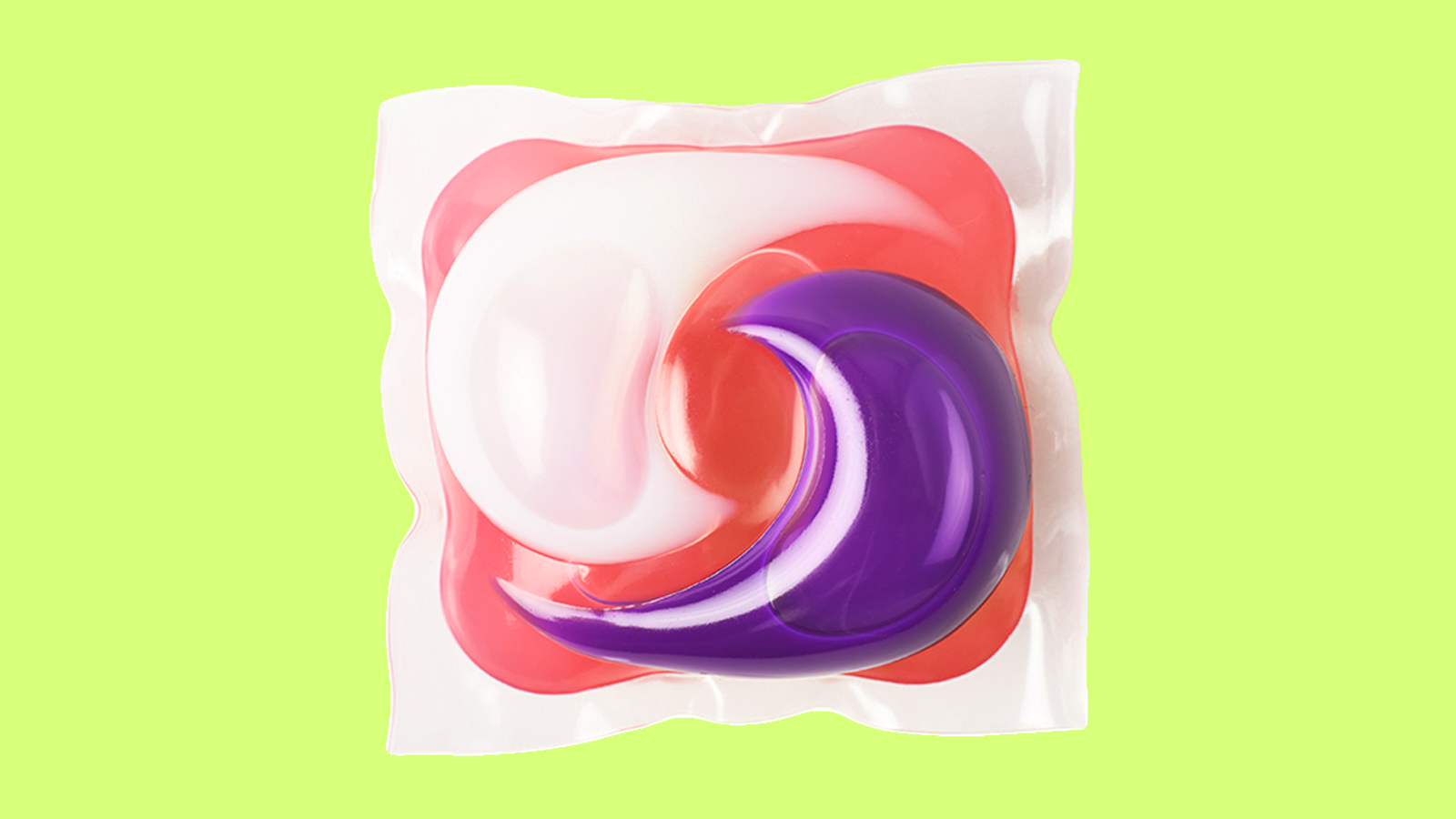Q. Dear Umbra,
Laundry and dishwasher pods are convenient, but every time I use one my mind explores what’s in that ultrathin membrane that dissolves, and what it might be doing to water quality and the environment. Plop or pour? What’s a girl to do?
Trish
Houston, Tex.
A. Dearest Trish,
“Plop or pour?” is one of the great questions of our age, right up there with “Shake or stir?” for martinis, “Wet or dry?” for cappuccinos, and “Red or green?” for chiles. But while the last three are largely matters of personal taste, your either-or cleaning conundrum requires a bit of evidence-based thinkery. Happily, you’ve come to the right place.
First, a quick overview for those who have been living, or doing their laundry, under a rock: detergent pods (aka tabs, tablets, or packs) are single-sized soap portions sealed inside dissolvable pouches. Pull one out, toss — er, plop — it into your dishwasher or washing machine, and hit start. Voilà, no more dealing with the unimaginable drudgery of measuring out the proper dose of detergent and pouring it in! (Somewhere our foremothers are rolling their eyes.) But those plasticky-looking pods deserve a closer inspection. What are they, exactly, and do they really break down?
These pods are made of polyvinyl alcohol (PVA) film, a synthetic polymer that does indeed dissolve in water. It’ll first break down into an aqueous solution of PVA, then, when the right microbes are introduced (as they are in a water treatment plant), all the way down into carbon dioxide and water. This film is considered nontoxic; in fact, the FDA calls it A-OK to use in dietary supplements and pharmaceuticals that we pop in our mouths. (One company has even developed edible PVA-based films for use as food packages.)
So those ultrathin membranes would not seem to be havoc-wreakers. However! The same is not true of the soap inside the pods. In the five or so years since the pods were introduced in the U.S. — sorry, since a leading manufacturer “reinvented laundry” — hundreds of kids have mistaken them for candy and eaten them, causing serious medical emergencies. Although the leading manufacturers have redesigned their packaging as a result, we should keep in mind that these products are toxic and must be kept away from children.
Even if we don’t have children, we shouldn’t overlook what’s inside those dissolving pods. Too many detergents of all packaging stripes contain nasty ingredients, from toxic surfactants to hormone-addling fragrances. They are not great for us, and they are not great for the critters who live in our waterways. I encourage all my dearest readers to learn more about this: the Environmental Working Group has your back with its guide to cleaning products (including laundry and dishwasher pods).
Although I personally can’t look at pods without ranting about this dadgum society and our obsession with single-use products, I have to admit that the basic concept of pods has a couple of things going for it. For one, they’re ultraconcentrated: The detergent in Tide Pods contains only 10 percent water, as opposed to up to 90 percent in some other liquid detergents. Less water means they’re lighter and much more efficient to ship, which dials back their carbon footprint. And for two, pods have the potential to greatly reduce packaging waste. Right now, they usually come corralled in a plastic bag or carton, not unlike your standard liquid formulas. But what if companies packaged them in a roll of stitched-together dissolving pouches, like this grad student’s anti-packaging project suggests? You’d ditch the plastic entirely for a zero-waste laundry day, beating out even recyclable jugs or cardboard boxes of powder detergent. Nobody’s doing this yet, mind you — but we could.
Still, life isn’t built on coulds and woulds, is it? Actually, the surest answer to reducing your laundry-day worries is to make your own detergent. Here’s one recipe we’ve road-tested and been happy with at Grist. Here’s another for “laundry bombs” — I can’t guarantee performance for this particular recipe, but it will give you plopping satisfaction. Best of all, you can package your bombs in a pretty little Mason jar.
I hope the answer to your “Plop or pour?” dilemma is at least a little clearer now, Trish. And as for those other either-or questions? It’s stir, wet, and Christmas for me, for the record.
Swishily,
Umbra



